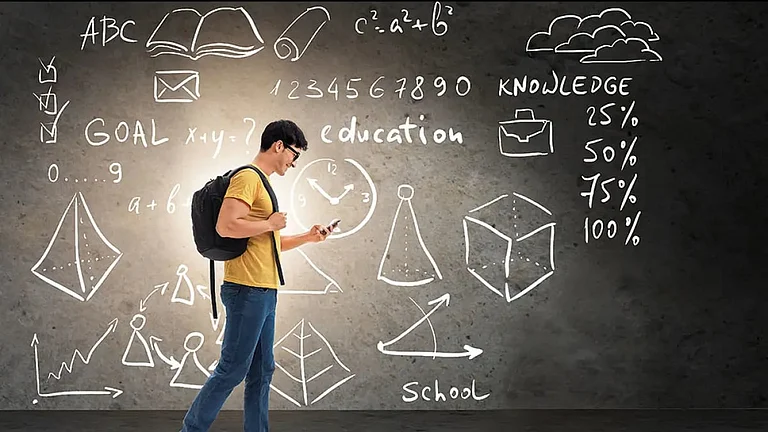For most parents, education is one of the most significant financial expenses they undertake for their children. With increasing school fees, college charges, coaching fees, and accommodation costs, most seek means to alleviate this expense. What most tend to ignore is the fact that some of these charges also decrease their taxable income. However, these benefits are only available under the previous tax regime. If parents know what is eligible, they can claim deductions that most tend to miss.
What is Available
The most significant deduction is available under Section 80C of the Income Tax Act, 1961, specifically in the old tax regime. Under this, parents get a maximum of Rs 1.5 lakh of tuition fee expenditure per year for each of the two children. The deduction is given only for full-time education in Indian schools, colleges, or universities. However, most parents are wrong to think that all expenditure on education is deductible. Donations, fees for coaching classes, uniforms, development fees, and transport charges are not deductible.
Hostel Allowance and Children's Education
Salaried employees can get some allowances from their employer, which are tax-free up to a certain limit. The government provides a Children's Education Allowance (CEA) and Hostel Subsidy to government employees, with the current rate of Rs 2,812.5 and Rs 8,437.5 per month for the education allowance and hostel subsidy, respectively, as of January 1, 2024. Section 10 exempts education allowance for private employees up to Rs 100 per kid (up to a maximum of two children). The hostel expense allowance provides Rs 300 per month per child for a maximum of two children. Although the amounts are minor, they do accumulate and are worth claiming as part of your salary package.
Availing Interest on Education Loans Under Section 80E
Parents who take an education loan for the higher studies of their child may claim a deduction on the interest paid under Section 80E in the old tax regime. The deduction is unlimited and is admissible for eight years in a row from the initial year of repayment of the loan. The loan should be availed from a recognised financial institution, and the deduction can be claimed for education in both Indian and foreign universities.
Tax-Exempt Scholarships and Grants
If your child is awarded a scholarship for studies, it is not considered taxable income. Section 10(16) exempts all scholarships given to cover the education expense in full. These could be either merit-based scholarships or need-based scholarships. Although not a deduction you would claim, this exemption lowers your child's financial reliance and, indirectly, your financial expenditure.
Why Documentation Counts
To avail of these benefits, you need to keep proper documentation. College fee receipts are required to deduct tuition. The bank or other financial organisation should provide an interest certificate for interest on school loans. Salary earners should have education or hostel allowances shown in their payslips, and these must be reconciled with their Form 16 at the time of filing. Incomplete or wrong documents can result in rejection of claims.
What Does Shift Under the New Tax Regime
All the above benefits are available only under the old regime. The new regime, with lower rates of tax, achieves this at the cost of eliminating most exemptions and deductions. This implies that you cannot avail of tuition fees under Section 80C, hostel or study allowances, or even interest on study loans under Section 80E. Only a few deductions, like the normal deduction available to salaried employees and employer contributions to NPS, are left.
How to Choose Between Old and New Regimes
Whether you are a parent investing considerable money on the education of your child, the old tax regime might prove to be a better saver even with the increased rates. You should compare your tax bills under the two regimes before you decide. You can use online calculators and seek advice from tax experts to make your choice based on your income, your investments, and your qualifying expenditure.










